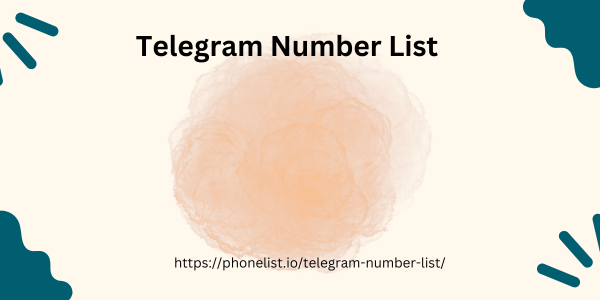Therefore, Infrared (IR) sensors can be effectively into wearable devices to monitor various physiological parameters, enabling non-invasive, continuous health monitoring. Here’s how sensors can be integrated into wearable medical devices:
1. Pulse Oximetry
Infrared sensors are widely in pulse oximeters, which measure blood oxygen saturation (SpO2). In wearable devices like smartwatches or fitness bands, small IR and photodiodes can be into the device’s underside, which contacts the skin. The IR light penetrates the skin, and the sensor measures the light by blood. By analyzing the absorption of light at different wavelengths, the device calculates the oxygen saturation level. This integration allows for continuous SpO2 monitoring, which is crucial for patients with respiratory conditions.
2. Heart Rate Monitoring
Therefore, Wearable devices often use IR sensors to monitor heart rate through a technique called photoplethy smography (PPG). In this method, an IR light is into the skin, and the sensor detects changes in the intensity of light back from the blood vessels. These variations correspond to the blood volume changes with each Costa Rica Telegram Database heartbeat, allowing the device to calculate the user’s heart rate. Integrating IR sensors into the wearable allows for continuous heart rate monitoring, which is essential for fitness tracking and detecting irregular heart rhythms.
3. Thermal Imaging and Temperature Monitoring
Therefore, Infrared sensors can be to measure skin temperature or even create thermal images. In wearable devices, IR sensors detect the radiation by the skin, providing accurate temperature readings. This capability is crucial for monitoring fever, a common symptom of many illnesses. Wearables with IR sensors can continuously monitor body temperature, alerting the user to any abnormalities, which is particularly useful during pandemic situations or for managing chronic health conditions.
4. Glucose Monitoring
Emerging wearable devices are exploring the use of infrared sensors for non-invasive glucose monitoring. The principle involves Europe Cell Phone Number Data Address using infrared light to penetrate the skin and measure the absorption spectra associated with glucose levels in the blood. Therefore, By integrating IR sensors into wearable devices, users, especially those with diabetes, can monitor their glucose levels continuously without the need for invasive blood samples.
5. Hydration Monitoring
Therefore, Infrared sensors can also help monitor hydration levels by measuring the water content in the skin. Infrared light is sensitive to water Asia Email List absorption, and by analyzing the reflected light, the device can estimate the user’s hydration status. Therefore, Wearable devices equipped with IR sensors can provide real-time hydration monitoring, which is beneficial for athletes, outdoor workers, or anyone needing to maintain optimal hydration levels.


